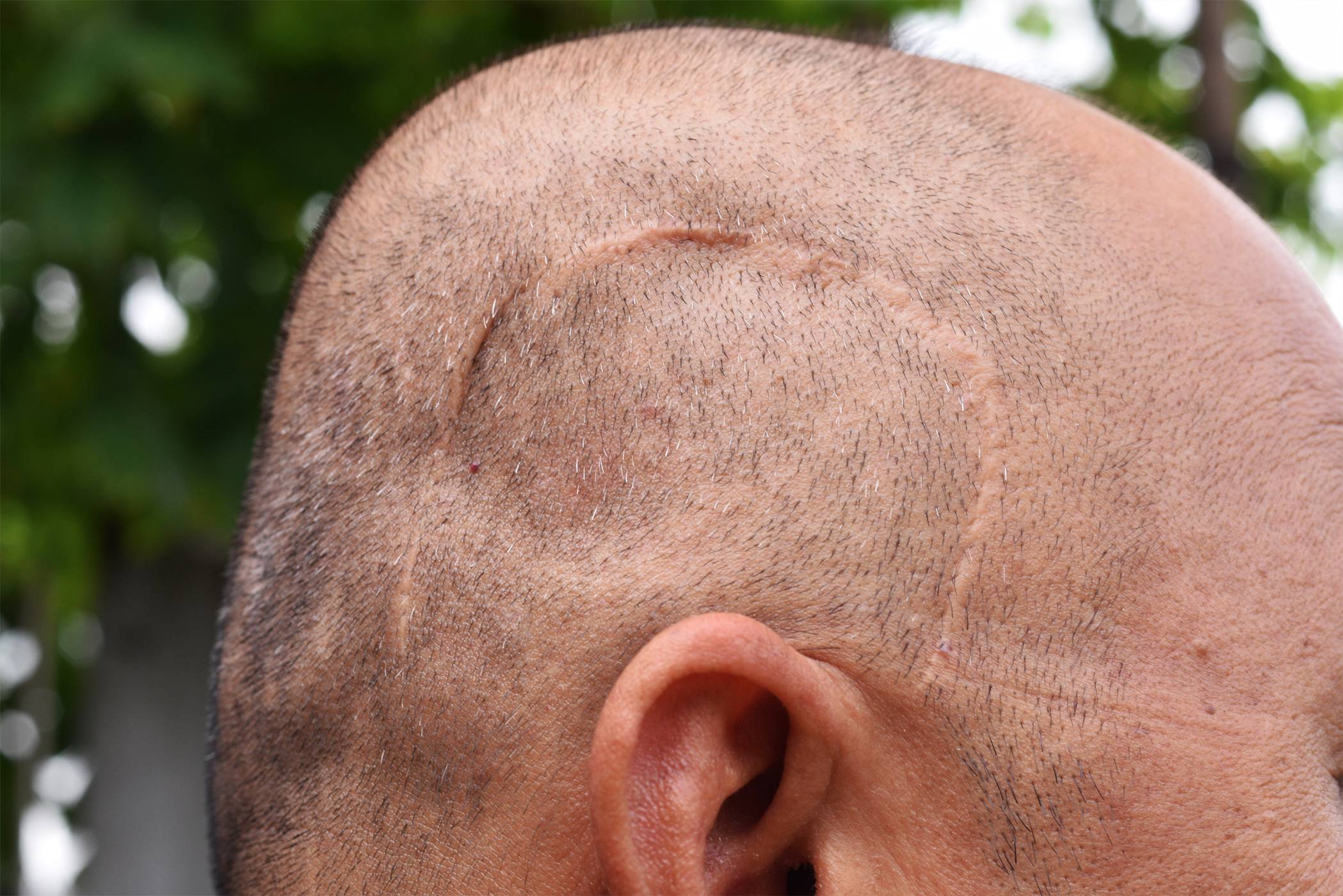"I saw this influencer on Instagram talking about his hair transplant journey, looked like a dream. But after my consult, I found out I might be at risk for something called a keloid. No one ever talks about that." This statement came from a patient during one of our consultations, and it struck a chord. In a world where hair transplants are increasingly popular, and social media highlights only the best outcome, it's easy to overlook crucial medical considerations like keloid scarring.
At my practice, Springs Hair Restoration, I believe in patient-centered education and making sure you're equipped with all the facts before deciding on any treatment.
Here's what you need to know if you're considering a hair transplant and have concerns about keloids.
What Are Keloids?
Keloids are thick, raised scars that extend beyond the boundaries of an original wound. They result from an overproduction of collagen during the healing process and can be itchy, painful, or cause cosmetic concern. While they're benign, they can be distressing and difficult to treat.
Can Hair Transplants Cause Keloids?
Hair transplant procedures, particularly surgical ones, do carry a risk of keloid formation, especially in individuals predisposed to them. This includes patients with a personal or family history of keloids and those of African, Hispanic, Middle Eastern, or Asian descent. Higher Risk with Certain Techniques Follicular Unit Transplantation (FUT), which involves removing a strip of scalp, carries a higher risk of keloid formation than Follicular Unit Extraction (FUE). That said, even FUE - known for minimal scarring- can result in keloids in susceptible individuals.
Can You Get a Hair Transplant If You're Prone to Keloids?
Yes, but it requires a tailored approach:
• A thorough pre-surgical evaluation
• Possibly conducting a small test graft to observe healing
• Preventive strategies such as corticosteroid injections
• Selecting minimally invasive techniques when possible
• An experienced surgeon familiar with keloid-prone skin is essential.
What About Transplanting Hair Into Existing Keloids?
It's possible, but challenging. Keloid tissue has reduced blood supply, which can affect graft survival. Pre-treatment with steroid injections to flatten the scar may improve outcomes, but there's no guarantee.
Acne Keloidalis Nuchae: A Related Concern
Men with curly hair, particularly African American men, may experience a condition called Acne Keloidalis Nuchae, chronic inflammation and scarring at the nape of the neck leading to hair loss and keloid-like plaques. This condition may need to be managed before or alongside any transplant planning.
"What if it makes my scars worse?"
Many patients living with keloids fear that surgery could trigger a new or larger scar. This fear is valid, and it’s why I take extra steps to protect your skin. From testing small graft areas to implementing steroid therapies, we use evidence-based precautions to minimize keloid risk. Our goal isn’t just aesthetic, it’s safety.
"Why didn’t anyone tell me this before?"
Patients often share how frustrating it is to feel left out of the beauty and self-care narrative. While influencers spotlight perfect results, there’s rarely mention of keloid risks or complications. If you’ve ever felt like the system wasn’t built with your skin in mind, you’re not alone. Our approach centers your experience and respects your history.
"I just want to feel confident without hiding my scalp."
Hair loss, especially when combined with keloid scarring, can feel isolating. Many patients come to us not just wanting hair, but wanting comfort, normalcy, and the confidence to go without hats or head wraps. That desire is valid and achievable. Whether through surgery or non-invasive solutions, I help you take control on your terms.
Reducing the Risk: What You Can Do
• Choose the right surgeon with experience treating patients at risk for keloids
• Use steroid injections or silicone sheets pre- or post-op
• Avoid unnecessary scalp trauma
• Be open about your family and personal history of keloids
Non-Surgical Alternatives
If you're not a candidate for surgical transplantation, non-surgical options exist:
• Platelet-Rich Plasma (PRP) therapy
• Topical or oral medications like minoxidil or finasteride Low-level laser therapy
• These can offer meaningful results without the risks associated with surgery.
Final Word: Individualized, Informed Care
While influencers may showcase flawless results, medical decisions should never be one-size-fits-all. If you're prone to keloids and considering hair restoration, the key is careful planning and open conversation with your provider. At my practice, Springs Hair Restoration, I prioritize your unique skin biology, background, and expectations, not just the trend.
Ready to take the next step? Book a consultation, and let’s explore the safest and most effective hair restoration options for you.





 Free Transplant Consult
Free Transplant Consult



